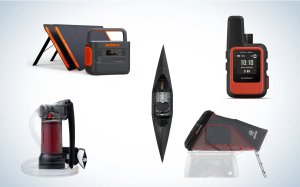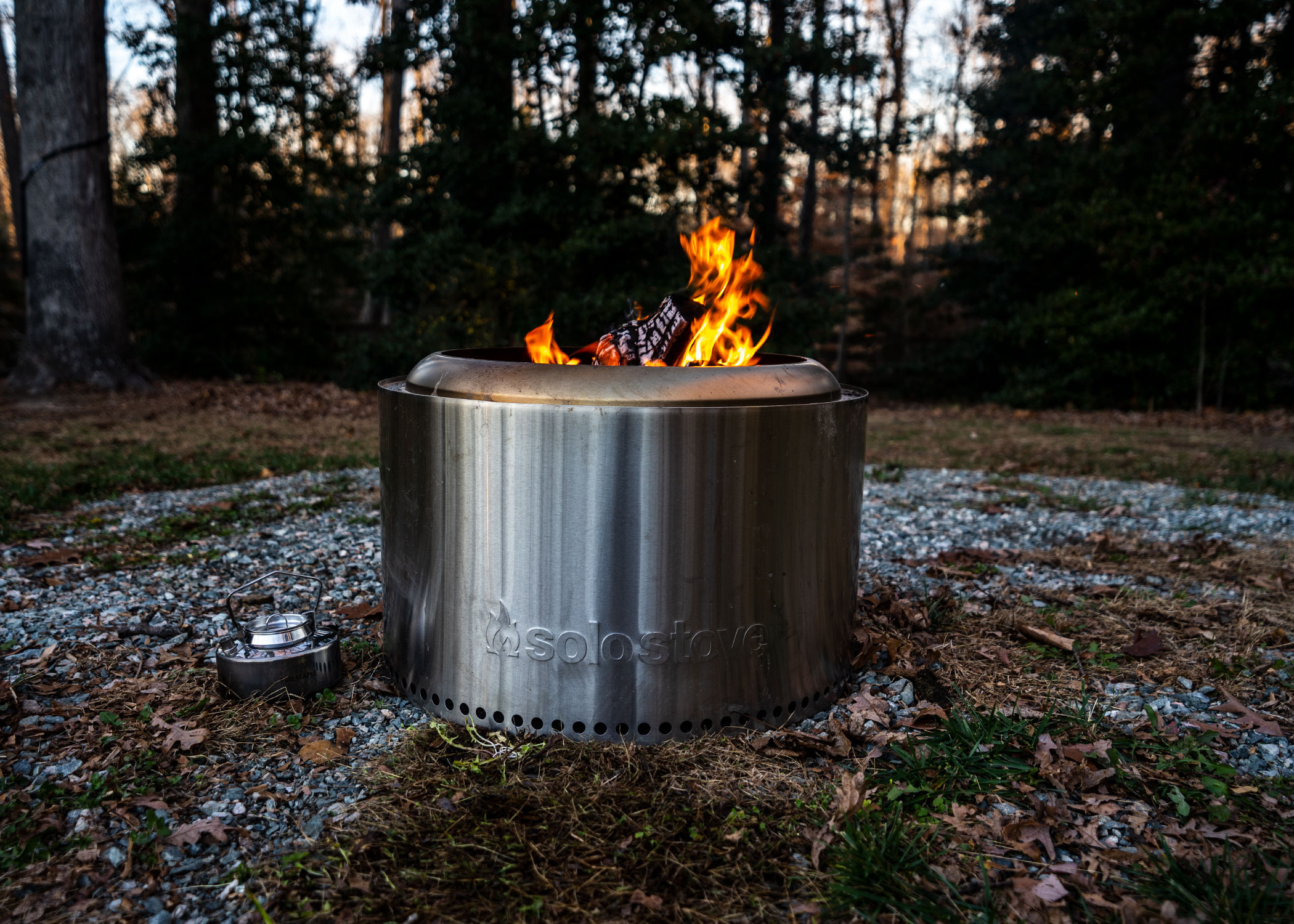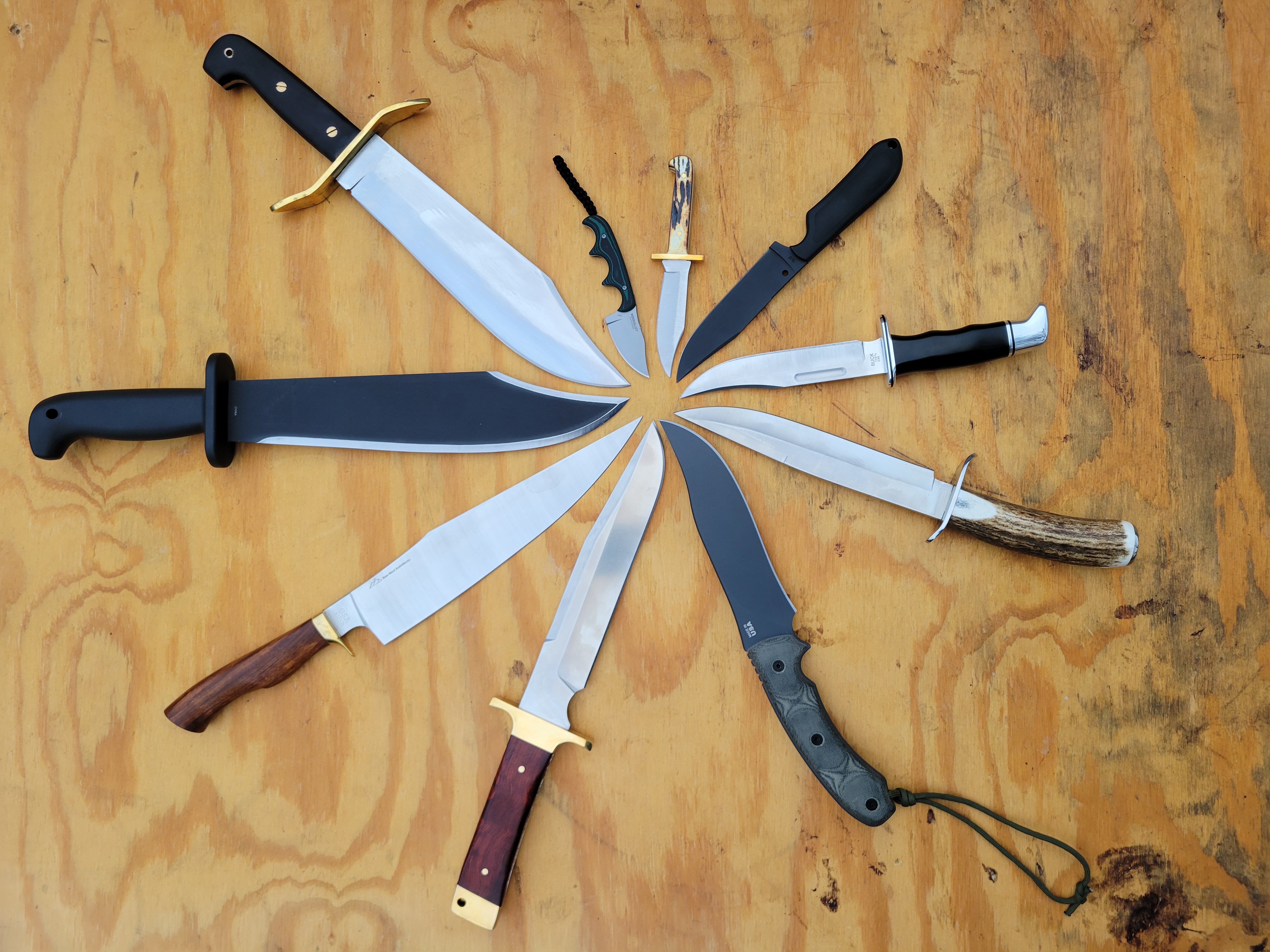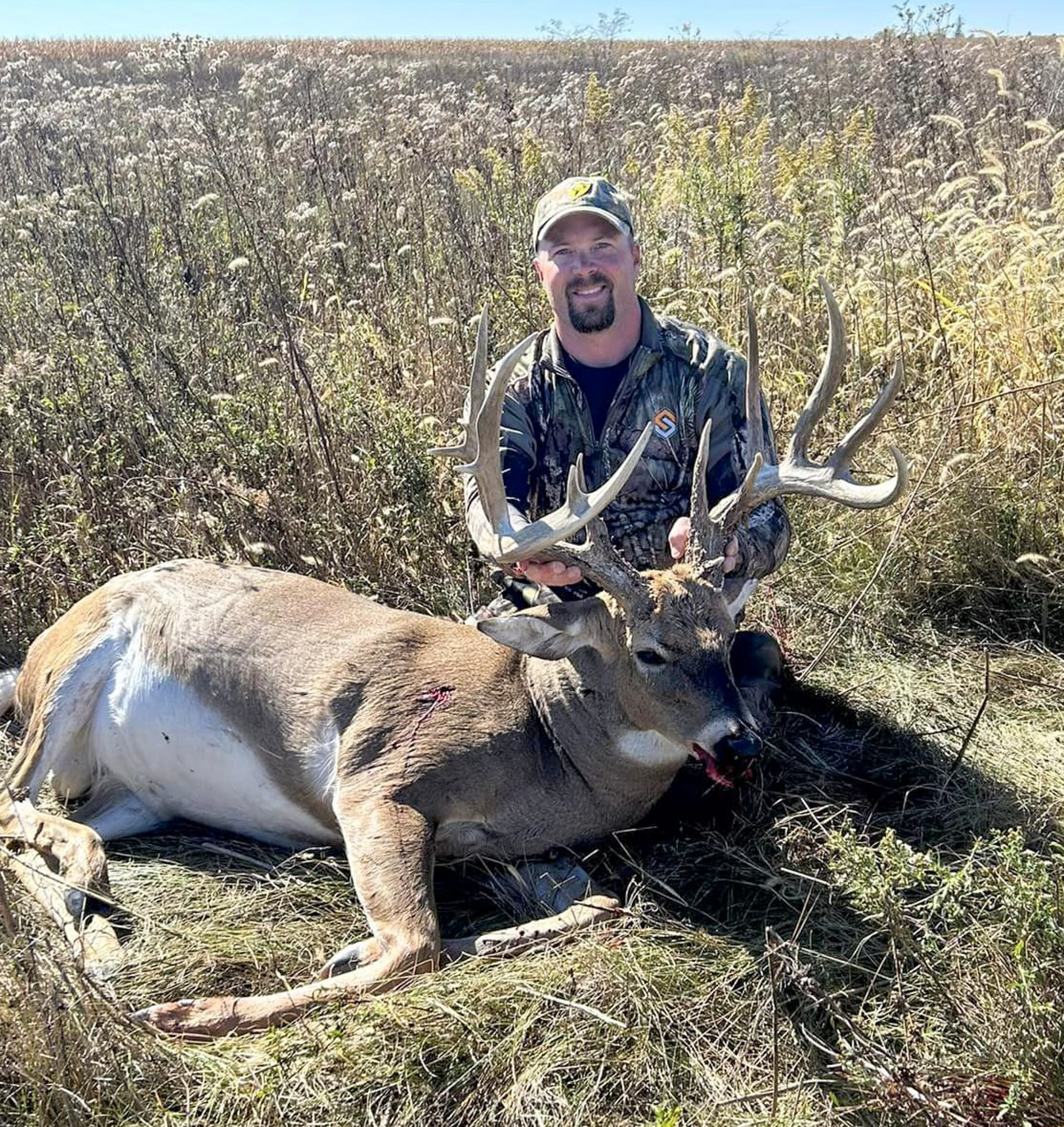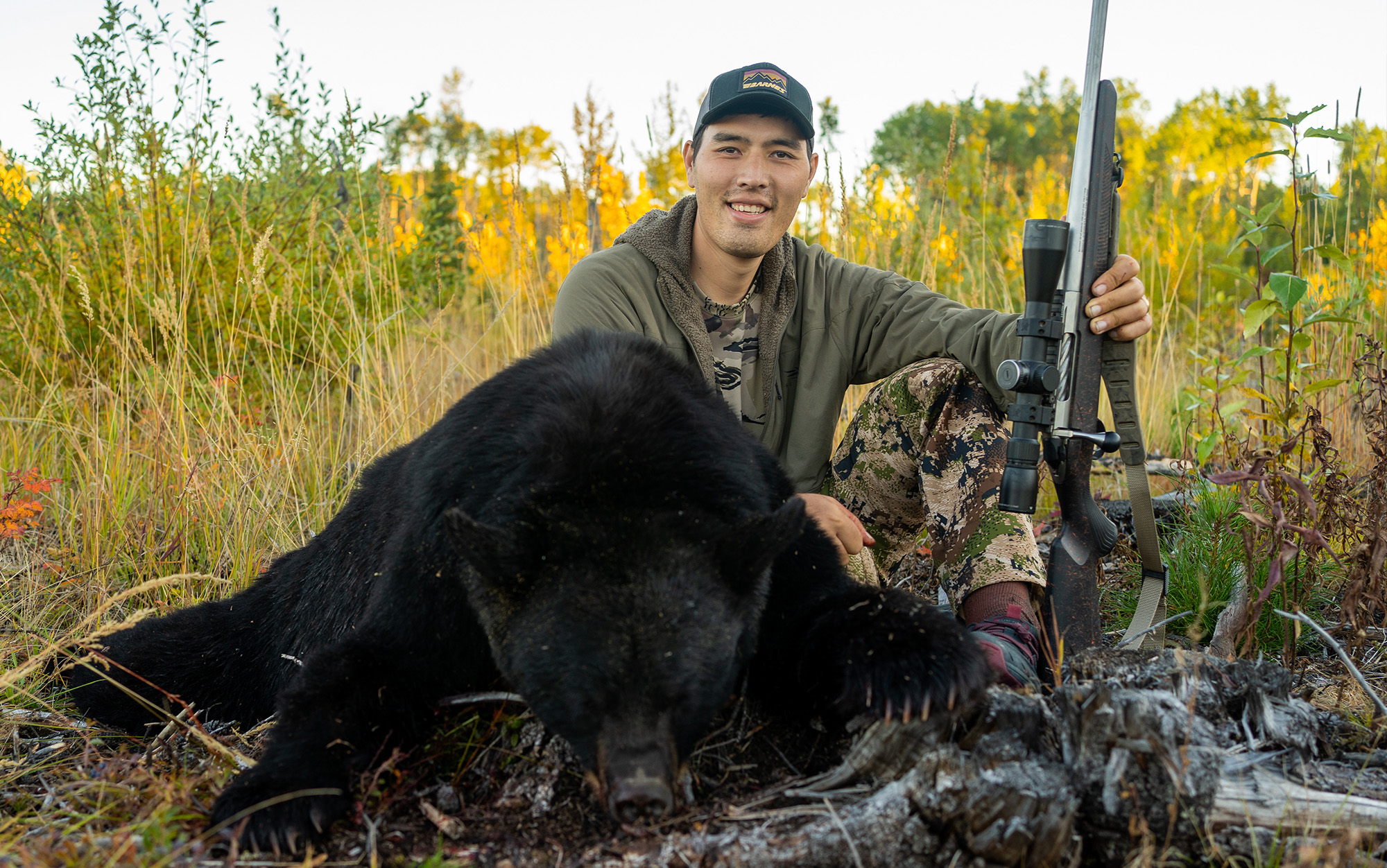First Lite Core Jacket and Bibs Review

We may earn revenue from the products available on this page and participate in affiliate programs. Learn More ›
Here’s the thing: You don’t exactly need expensive clothing to treestand hunt for whitetails in 45- to 30-degree temperatures. Throw on a pair of long johns, heavy bibs, and an insulated coat and you’ll probably be just fine for a morning sit or two. But if you want to hunt seriously and pull all-day sits — day after day in increasingly nasty conditions — you’re going to need more technical gear to stay warm, dry, and comfortable. That’s where First Lite’s Core series comes in.
I field tested the Core jacket and bib this fall during the heart of my Wisconsin bow season and found the system to be one of the quietest and most comfortable whitetail suits that I’ve ever worn. On the downside, I did notice some durability issues that you might want to consider before you pull the trigger on this $900 combo (for the jacket and bib). We’ll dig into the details below.
Core Jacket Specs and Key Features
See It
- Sizes: Small to XXXL
- Camo: First Lite Specter
- Body fabric: Nylon with DWR
- Micro-fleece liner
- Zip-off removable hood
- Chest pockets that are accessible while wearing a bino harness
- Safety harness pass-through port
- Dual-zippered hand pockets
- Ports for access to interior pockets and hand warmer muff on the bib (magnetic closures)
- PrimaLoft Gold Insulation (80gsm in the body and 60gsm in the sleeves)
- Price: $450
Core Bib Specs & Key Features
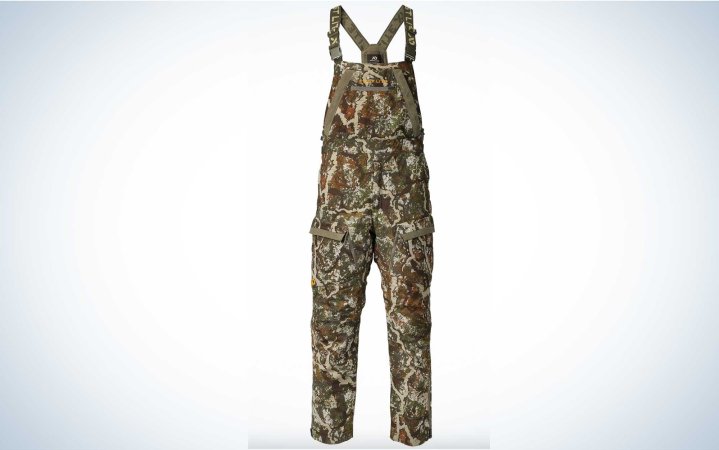
See It
- Sizes: Small to XXXL
- Camo: First Lite Specter
- Body Fabric: Lightweight nylon with DWR
- Micro-fleece liner
- Full-length side zips
- Zip secure chest pockets
- Kangaroo-style handwarmer pockets
- Dual access cargo pockets optimized with magnetic top flap and side zip closures
- Price: $450
Testing the First Lite Core Series
I bow hunted in northwestern Wisconsin from mid-October to early November with the Core jacket and bib, wearing them on almost a dozen sits. Temperatures ranged from 60 degrees to the mid 30s. I saw wind up to 18mph and only light precipitation (overall we’ve had an unseasonably mild fall up here). All of my hunting was from tree stands. Like most private-land whitetail hunters, I’d walk a few hundred yards from my truck, climb into my stand, and then wait.
How the First Lite Core Series Performed
Comfort and Quietness
The first thing I noticed about this suit was how incredibly comfortable it is. Both the outer nylon material and inner fleece are super soft to the touch. Even though the jacket is insulated, it doesn’t feel bulky or heavy. I never felt like the Michelin man while sitting in my stand, even when layered up.
I’m 6 foot 2 and weigh 185 pounds and the Large fit me well with plenty of room for layering. With the jacket, there was a little extra material around the waist but I didn’t mind at all.
The second thing I noticed was how wonderfully quiet the jacket and bib are. Because that outer nylon material is so soft, it’s also super quiet, both when rubbed against itself or other objects. This is key for drawing a bow undetected, but also for creeping into your setup. This is subjective, but to my ear, this was the second-quietest whitetail hunting suit that I’ve field tested behind only the Sitka Fanatic, which is a cold-weather jacket with a berber-fleece outer layer.
I appreciated the quietness of this suit when a nice buck grunted his way into my setup to chase some does and run off a younger buck. I drew my bow stealthily with does directly under my stand and made a perfect shot on him at 25 yards. The Core jacket and bib earned a couple bonus points on that evening hunt.
Warmth and Weatherproofness
First Lite says this combo is ideal for temperatures from 30 degrees to 45 degrees, and I’d say that’s about right. With the proper layering underneath I could comfortably wear this suit in 20-degree weather, but if it were much colder than that, I’d opt for heavier gear.
I never felt cold while hunting in the Core and I usually wore only a base layer, long sleeve shirt, and uninsulated pants beneath it.
One thing I was happily surprised by was how water resistant the Core series was. One morning I hunted in a very light, sporadic rain and stayed perfectly dry. For a little tougher testing I sprayed the arm of the jacket under my kitchen sink for a full minute and found that water never soaked through. I attribute that to the DWR finish on the jacket but I’ll be curious to see how that finish and water repelling performance might (or might not) hold up over time.
Still, this is not a fully waterproof suit. If you’re planning to hunt in steady rain, go with legitimate rain gear. But the Core series should stand up to snow and light, occasional rain.
Clever Features

Both the Core jacket and bib are packed with features that whitetail hunters will appreciate. Starting from the top, the jacket has a removable hood that fits snugly. It also has a harness port in the back so you can wear your treestand harness beneath your jacket, which I prefer to do.
The jacket has openings on the sides, just above the pockets, so you can access inner pockets and the kangaroo-style pocket in the bibs. These ports are closed by a strip of magnets (they automatically snap shut when not in use). I found it was an inconspicuous way to keep my hands warm. It’s especially nice for bowhunters, who don’t like to wear gloves. One small final touch is that the jacket has a small loop in the cuff, which you can attach to a thumb release, ensuring that you don’t drop it out of the tree — or forget it.
The bibs have adjustable straps on the sides so you can tighten them to fit. They have magnetized cargo pockets on the legs. The cozy kangaroo-style pocket in the front is a great place to stash handwarmers on cold days. And, they have full-length zippers on the sides.
Durability Issues
The only criticism I have for the Core suit is potential durability issues. While the outer nylon is soft and quiet, my sample was not burr- or briar-proof. While walking into my setups on a few occasions, I had to slip through some thickets with burrs and thorns. After pulling stray burrs off the jacket I later inspected the sleeve and saw that outer material was pulling out and coming unwoven — not exactly coming apart at the seams, but sort of. First Lite’s warranty shows that type of damage “pilling, abrasion, pin holes or other cosmetic wear and tear which does not affect the performance of the garment,” probably wouldn’t be covered.
The jacket is still functional of course, but at $450 I want a hunting jacket to last several years of hard use and that includes the occasional burr patch.
This wouldn’t be an issue if you hunt open hardwoods and don’t have to tromp through thick stuff to get to your spots. But for public land hunters who have to cover a variety of habitat to get in deep to their setups, the long-term durability of the Core suit could be a problem.
How the Core Stacks Up Against the Competition
In the last couple of seasons I’ve field tested a handful of other top-end whitetail hunting suits as well, most notably the Sitka Incinerator and Kuiu Proximity. Interestingly, I’d say the First Lite Core sits right between the two in terms of warmth and price, but in my opinion it’s more comfortable than both. Here’s my quick take on each:
Sitka Incinerator
This is the warmest and most weatherproof of the three, but it’s also the most expensive and bulkiest. If you hunt a lot of sub-freezing temperatures or you get cold easily, this would be a good suit to consider.
First Lite Core
This is the second warmest and second most expensive of the three. I found it to be the most comfortable and quietest of them all. But my long-term durability concerns are real.
Kuiu Proximity
This is the least bulky and least expensive option of the three. I found the Proximity to be good for mild weather but not suitable for cold temps.
Read Next: Sitka vs Kuiu Whitetail Gear
Final Thoughts
Overall, I was impressed with the First Lite Core system and plan to wear it on more deer hunts this year and into the future. I think it’s an ideal jacket/bib combo for a serious whitetail bowhunter who prioritizes comfort and quietness — maybe just not one who has to cross a burr patch in order to get to their stand.
Read the full article here


